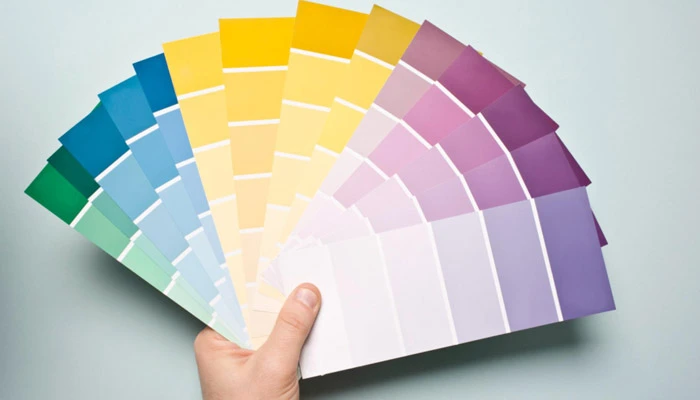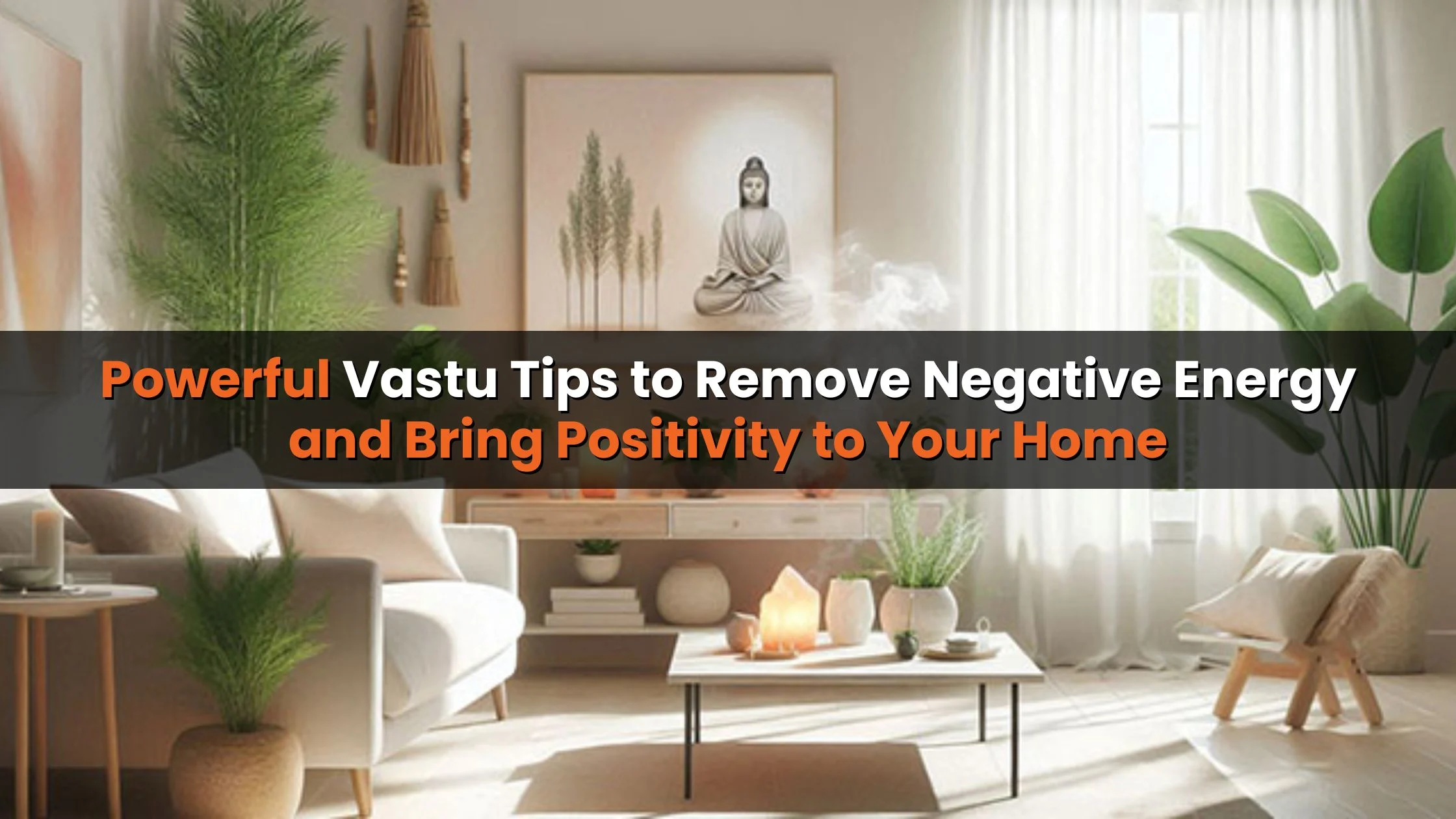Table of Content
Introduction to Vastu Shastra and Colors
Vastu Shastra, literally meaning the “science of architecture,” offers guiding principles for building layouts, space arrangement, geometry, and measurements. It emphasizes various Vastu zones and colors to enhance the peace, health, and overall well-being of a home’s occupants. This guide by L&T Realty explores the significance of colors in Vastu Shastra and helps you choose the right colors for your home’s interior.
Understanding Vastu Shastra and Colors
Colors are central to Vastu Shastra, profoundly affecting our well-being, health, and emotions. Each color in Vastu zones and colors has specific meanings related to health, success, wealth, and mental well-being. By using the right colors in the recommended directions, Vastu Shastra helps enhance positive energy and neutralize negative vibes, creating a balanced and harmonious atmosphere. It’s essential to follow Vastu-recommended colors and avoid certain colors in specific directions. Let’s delve into these guidelines in more detail.
West
In Vastu Shastra, the west is associated with the water element, symbolizing success, wealth, and prosperity. The best colors for the west side of your home are blue or aqua, representing water.
Northwest
The northwest direction is linked to the air element, promoting harmony and balance, which impacts residents’ general well-being and stability. Light and airy colors such as white, gray, or light blue are recommended to amplify positive energy in this direction.
North
The north direction is associated with opportunities and professional advancements. Blue or green tones create a serene, businesslike atmosphere, promoting success.

Northeast
The northeast direction symbolizes purity and optimism, making it extremely fortunate. Light hues like white, cream, or light yellow are suggested to promote a calm and spiritually uplifting environment.
Also Read: 7 Griha Pravesh Tips For Your New Home
East
The east direction is connected to dawn and new beginnings. Shades of green or brown encourage development, vitality, and a positive start to each day.
Southeast
The southeast direction represents the fire element, denoting transformation and energy. Colors like red, orange, or pink are recommended to increase zeal and excitement.
South
The south direction is associated with notoriety and recognition. Striking hues like red or intense blue tones inspire confidence and vitality.
Southwest
The southwest direction symbolizes stability and sustenance. Earthy colors like terracotta, brown, or beige create a sense of safety and solidity.
Vastu Shastra Colors for Different Rooms
Vastu Shastra also guides the color choices for individual rooms in your house.
Entryway and Front Door
The entrance is the main entry point for energy. Choose warm and welcoming colors like red, orange, or brown for the main door to draw positive vibes into the home.

Living Room
The living room is a gathering and leisure area. Earthy tones such as beige, brown, or green create a calming, balanced environment for family members and visitors.
Dining Room
The dining room is linked to abundance and sustenance. Earthy greens or calming blues bring calmness to the dining experience and promote positive vibes around food.
Kitchen
The kitchen, a source of energy and sustenance, benefits from vibrant, energizing hues like orange, red, or yellow. These colors stimulate appetites and make the kitchen feel lively.
Also Read: Crystal Tree Benefits According to Vastu: Direction and Advantages
Bedroom
For the bedroom, Vastu suggests tranquil and soothing colors to promote peaceful sleep. Pastels, soft blues, or soothing greens create a calm and refreshing atmosphere.
Bathroom
The bathroom, associated with purification and cleansing, benefits from neutral colors like white, cream, or light blue, creating a pure and clean feel.
Home Office
A home office can include colors like light yellow, cream, or light green. Light gold is also recommended to attract productivity and profit.
Children’s Room
A child’s room should be cheerful and imaginative. Vivid colors like orange, yellow, or light green promote a vibrant and upbeat environment, enhancing a child’s vitality and creativity.
Colors to Avoid and Their Effects
In Vastu Shastra, choosing colors is not only about taste but also about affecting the energy flow in a house. Some colors are praised for their positive effects, while others are discouraged for their negative impact on a space’s vibrational energy.
Black
Black is associated with negative energy in Vastu Shastra and is thought to absorb all energy, obstructing the flow of beneficial vibrations. Avoid using a lot of black in interior design, especially on walls or furniture.
Red
While red is encouraged in certain parts of a home for its energy and passion, using bright red excessively can cause agitation and hostility, especially in spaces meant for calm and relaxation.
Plain White
Although white signifies purity, using pure white excessively can create a cold and empty feel. Vastu Shastra often recommends off-white or cream instead.
Dark Brown
Dark brown, linked to the earth element, can create a heavy, gloomy atmosphere if overused. Use this color sparingly, especially in smaller rooms.
Tips for Implementing Vastu-Approved Colors
Importance of Directions
Identify the directions each room in your house faces. Vastu assigns specific colors to each direction based on the energies associated with cardinal points. For example, milder hues are linked to the northeast, while fiery tones are beneficial for the southeast.
Also Read: Crystal Tree Benefits According to Vastu: Direction and Advantages
Balancing Act
Keep your home’s color scheme harmoniously distributed. Avoid extreme color contrasts that could disrupt the energy flow. A harmonious color scheme fosters a calm and balanced environment.
Using Vibrant Shades Wisely
Use vibrant colors sparingly to evoke positive feelings. Choose brighter colors for areas meant for action, creativity, or socializing, and softer tones for spaces meant for rest and leisure.
Use of Natural Light
Consider the natural light in each room. Brighter hues enhance brightness, while darker tones add depth. Colors that complement natural light have a stronger effect on the overall atmosphere.
Test Samples
Examine small samples in different parts of the room before finalizing a color scheme. Observing how colors interact with the room’s light conditions helps in making informed decisions.
Trust Your Instincts
While Vastu Shastra provides extensive guidelines, trust your intuition when choosing colors and layouts for your home. It’s essential that your home feels like your own.
Conclusion
Vastu principles are gaining popularity in architecture and interior design worldwide, not limited to India. These practices aim to attract positive energy and eliminate negative influences, promoting a balanced and harmonious home environment. While exploring Vastu zones and colors, feel free to experiment with different color schemes for each room in your home.
Also Read: Vastu benefits of installing Kamdhenu cow statue at home







_1767769068.webp)



Ans 1. General guidelines for colours as per Vastu Shastra, which entails the following key points: North-east- Light blue. East – White or light blue. South-east – As this direction is associated with fire, orange, pink and silver colours can be used to enhance the energy.
Ans 2. Positive zones fall into the North, East and Northeast directions while the negative zones comprise of space under the South, West and Southwest directions. Nowadays architect and vastu experts work together as a team in finalizing the entire building layout and design to make it vastu compliant building.
Ans 3. Everyone hopes for good luck. Recommended colors for attracting luck include white or cream, such as Jamila 158-1 - the color of the year 2023 from Beger. The next option is Super White GW-8800, which not only provides a clean appearance but can also help keep your home cool and reflect heat.
Ans 4. Placing heavier items in the southwest corner of a room, home, or office is another way to balance the earth element. On an energetic level, heavier objects placed in this direction will provide support and protection. To balance the water element, place a fountain in the northeast.
Ans 5. Currently in Market, most of the followers of some big Vastu Gurus uses angular methodology to grid the house. Here they use equal division method i.e. divide the Entire Circle of 360 degree into 16 Zones = 360/16 = 22.5 and further half it to get 32 Entrances which is 22.5/2 = 11.25.